2013 marks a very special anniversary; five hundred years ago, in the early summer of 1513, a young Anne Boleyn left her family home at Hever and journeyed across the English Channel to the court of the Archduchess Margaret of Austria at Mechelen, to take her place as one of the archduchess’s eighteen filles d’honneur (maids of honour).
It was Anne’s first time on the continent and although no records survive recording how she felt about the move, we can imagine that she viewed the prospect of joining the glittering Hapsburg court, described by Eric Ives as ‘Europe’s premier finishing school’, with a combination of nerves and excitement. After all, this was a much sought after position; from Mechelen, Margaret ruled the Low Countries as regent for her thirteen-year-old nephew, Charles (the future Charles V, Holy Roman Emperor) and so a place in Margaret’s court meant an opportunity to be educated alongside the future rulers of Europe, the advantages of which were many and not wasted on the erudite and ambitious Thomas Boleyn, who was quick to secure a place for his daughter during his first diplomatic posting there in 1512. Thomas well knew that a command of the French language and experience in a sophisticated European court, would almost guarantee Anne a position in the household of Margaret’s former sister-in-law, Katherine of Aragon. Margaret’s first husband, John Prince of Asturias, who had died in 1497, was Katherine’s brother.
The Flemish nobleman, Claude Bouton, who escorted Anne across the sea, presented the precocious English girl, of around twelve years of age, to Margaret, along with a letter from Thomas Boleyn. Clearly impressed, Margaret responded:
I have received your letter by Esquire [Claude] Bouton who has presented your daughter to me, who is very welcome, and I am confident of being able to deal with her in a way which will give you satisfaction, so that on your return the two of us will need no intermediary other than she. I find her so bright and pleasant for her young age that I am more beholden to you for sending her to me than you are to me. (Ives, Pg. 19)
Anne was appointed a tutor named Symonnet and remained with Margaret until the autumn of 1514, when she was transferred to the household of Henry VIII’s sister Mary, in France. Sometime before her departure, she penned her first letter in French to her father:
Sir, – I understand by your letter that you desire that I shall be a worthy woman when I come to the Court and you inform me that the Queen will take the trouble to converse with me, which rejoices me much to think of talking with a person so wise and worthy. This will make me have greater desire to continue speaking French well and also spell, especially because you have enjoined it on me, and with my own hand I inform you that I will observe it the best I can. Sir, I beg you to excuse me if my letter is badly written, for I assure you that the orthography is from my own understanding alone, while the others were only written by my hand, and Semmonet tells me the letter but waits so that I may do it myself…Written at Veure by Your very humble and very obedient daughter, Anna de Boullan.
(Elizabeth Norton, Pg. 25)

Known as The Arnolfini Portrait by Van Eyck. Anne may have seen this portrait during her time at Mechelen.
Apart from learning how to speak and write French, under Margaret’s tutelage Anne began to learn and develop the skills most valued at a Renaissance court, including singing, playing musical instruments, dancing and performing, as these were all an integral part of daily life. Margaret’s household also provided Anne with the opportunity to learn the art of conversation and the language of courtly love, which had to conform to conventions at all times – Margaret was a strict chaperone and would not abide any licentious behaviour (an attitude that Anne would later adopt with her own ladies).
At the Hapsburg court, Anne was immersed in the culture of the Renaissance. The great humanists of the day, including Erasmus, were regular visitors to a court well known for its fine collection of paintings, which included works by the Flemish master Jan van Eyck, and its rich library, home to illuminated manuscripts, poetry and music books.
The palace of Mechelen, Margaret’s base in the Low Countries, was a sumptuous retreat, ‘resplendent with lavish fabrics of every kind’ (Ives, Pg. 24) and its mistress, always immaculately attired in gowns made of the finest materials. Within its walls, lined with expensive tapestries, Anne’s appreciation of beauty, her love of music and illuminated manuscripts, her taste in art and architecture all flourished.
While she only spent a little over a year in Margaret’s household, there can be no doubt that Anne learnt a great deal. The more practical lessons, she continued to refine during her seven years in France but perhaps it’s the more subtle lessons, those she learnt simply by observation, which had the greatest impact. Anne developed a unique style that would later set her apart from the women at the English court, she learnt that appearances matter and that a woman was capable of thinking on her own two feet.
The parallels between the woman and queen that she would become, and her first powerful and influential female mentor, are undeniable. In the words of Eric Ives, ‘Anne Boleyn’s later achievements owed a very great deal to what she was now beginning to learn with Margaret of Austria’ (Pg. 20).
References Ives, E. The Life and Death of Anne Boleyn, 2004. Norton, E. Anne Boleyn: In Her Own Words & the Words of Those Who Knew Her, 2011.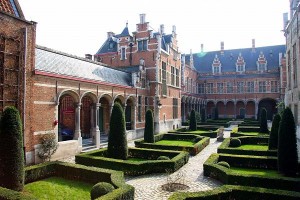




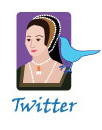




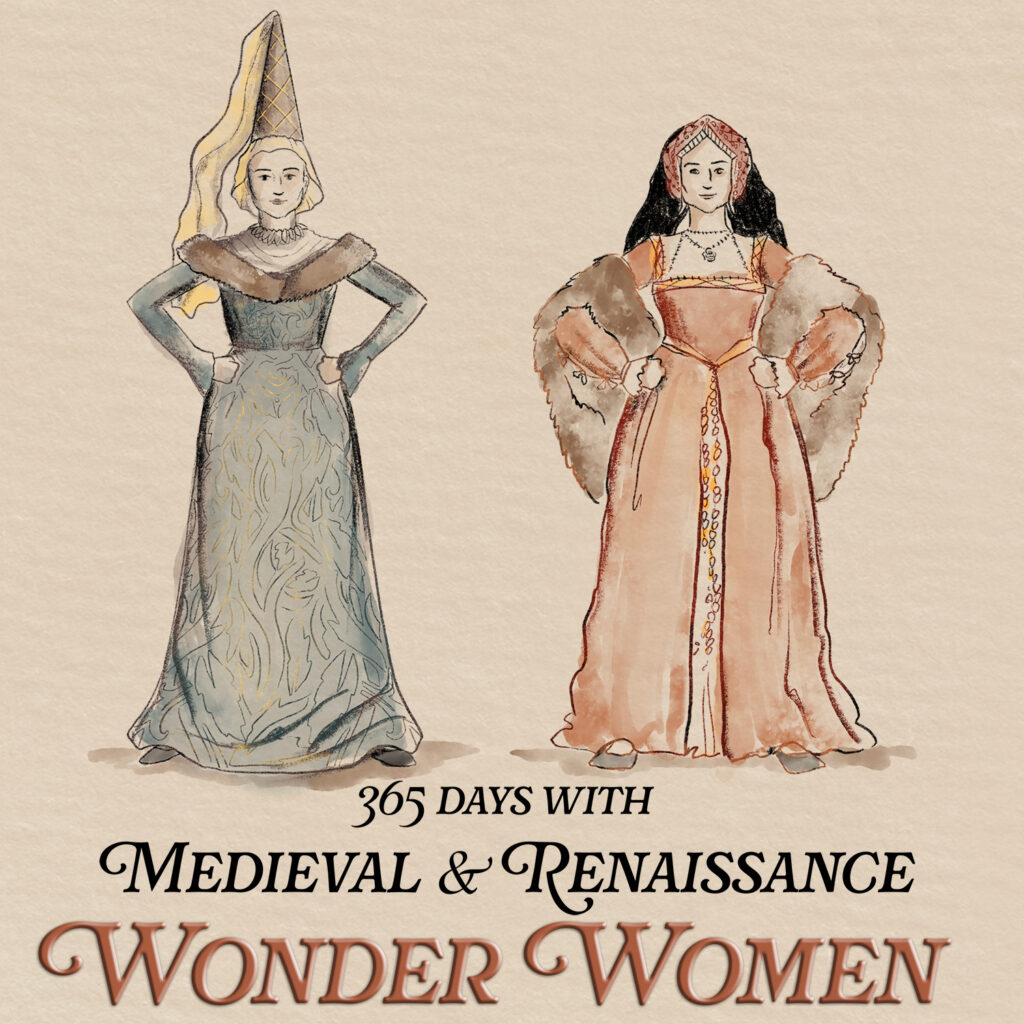

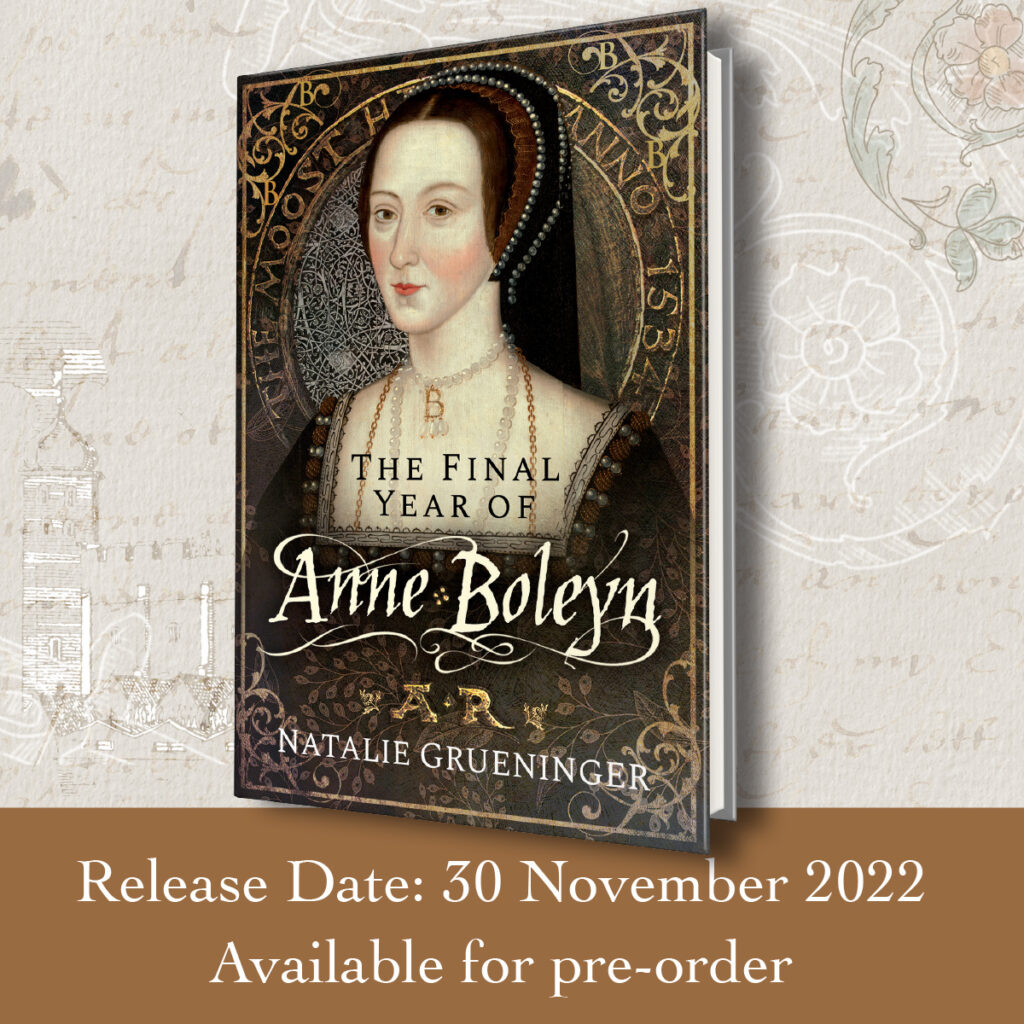


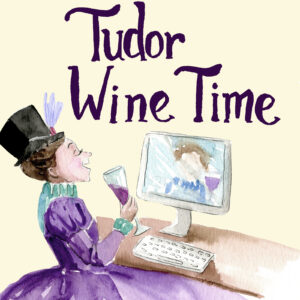
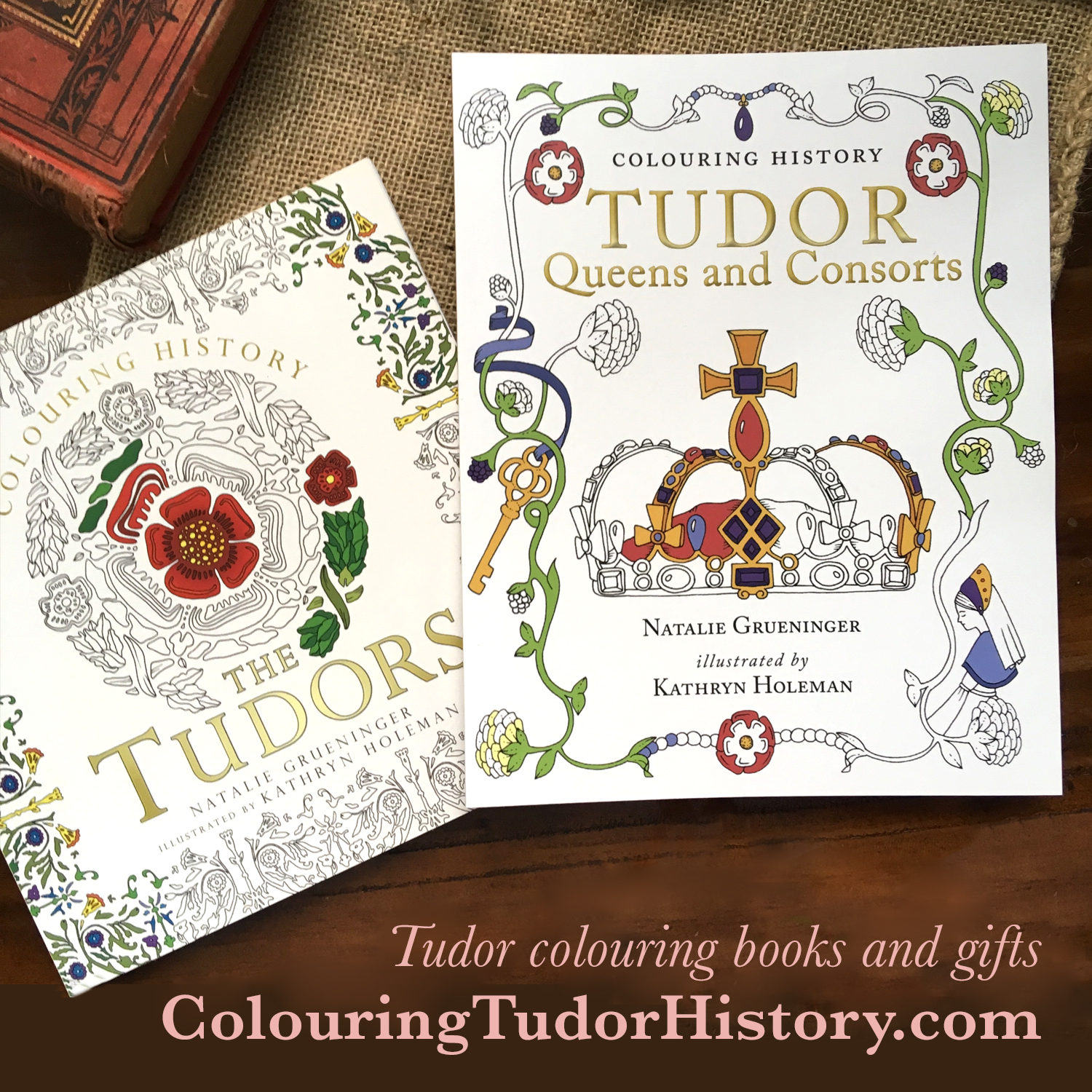



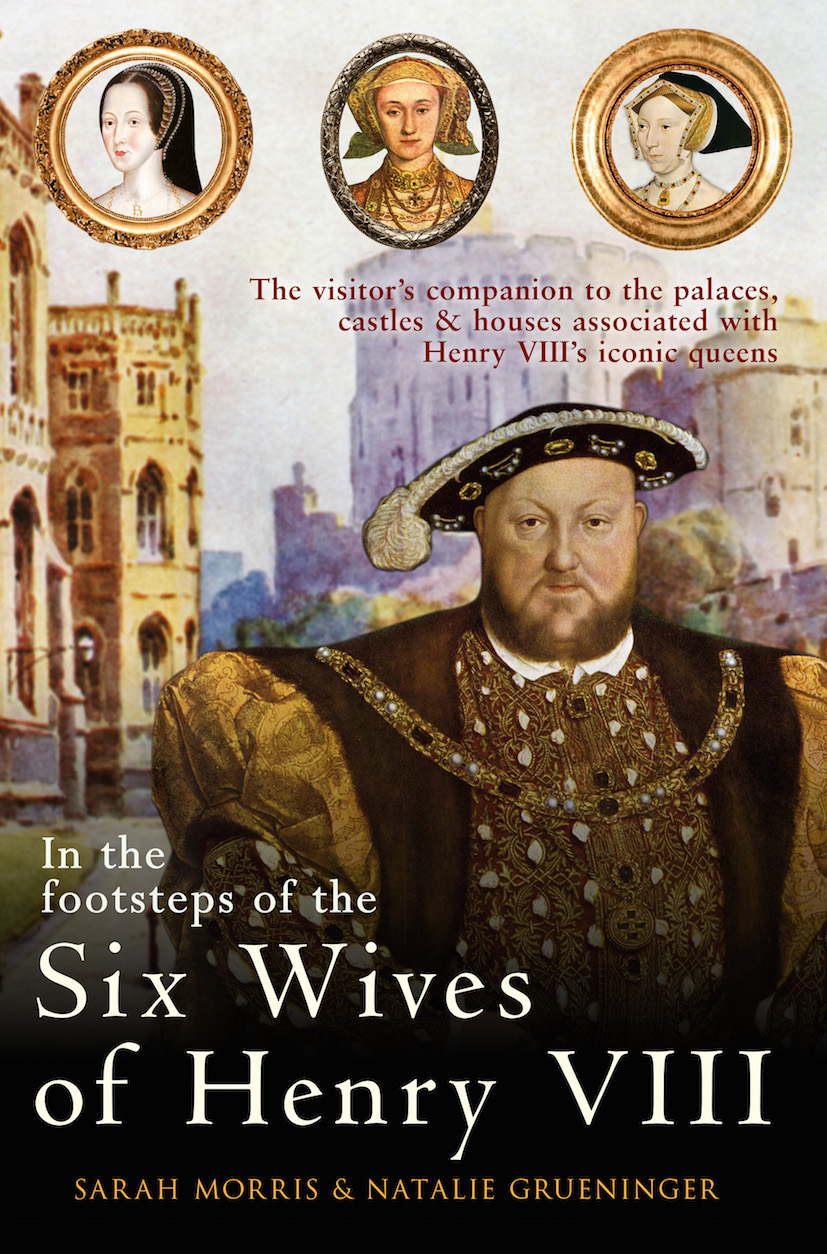
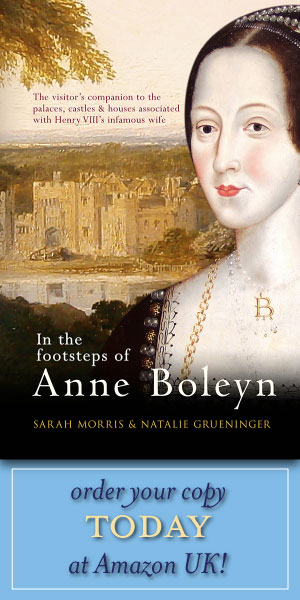


Latest Comments